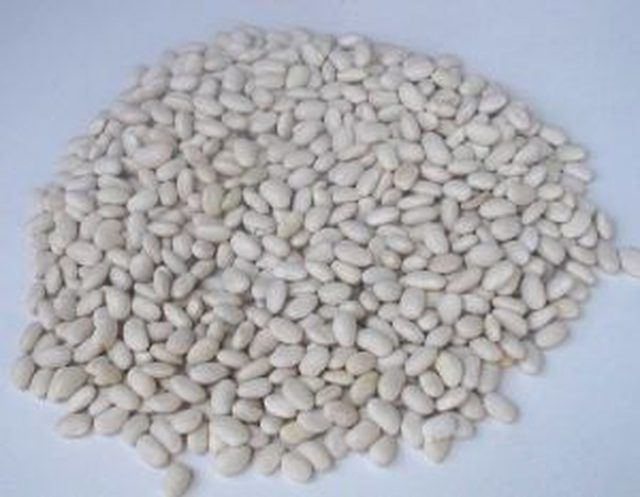Bulbs
Flower Basics
Flower Beds & Specialty Gardens
Flower Garden
Garden Furniture
Garden Gnomes
Garden Seeds
Garden Sheds
Garden Statues
Garden Tools & Supplies
Gardening Basics
Green & Organic
Groundcovers & Vines
Growing Annuals
Growing Basil
Growing Beans
Growing Berries
Growing Blueberries
Growing Cactus
Growing Corn
Growing Cotton
Growing Edibles
Growing Flowers
Growing Garlic
Growing Grapes
Growing Grass
Growing Herbs
Growing Jasmine
Growing Mint
Growing Mushrooms
Orchids
Growing Peanuts
Growing Perennials
Growing Plants
Growing Rosemary
Growing Roses
Growing Strawberries
Growing Sunflowers
Growing Thyme
Growing Tomatoes
Growing Tulips
Growing Vegetables
Herb Basics
Herb Garden
Indoor Growing
Landscaping Basics
Landscaping Patios
Landscaping Plants
Landscaping Shrubs
Landscaping Trees
Landscaping Walks & Pathways
Lawn Basics
Lawn Maintenance
Lawn Mowers
Lawn Ornaments
Lawn Planting
Lawn Tools
Outdoor Growing
Overall Landscape Planning
Pests, Weeds & Problems
Plant Basics
Rock Garden
Rose Garden
Shrubs
Soil
Specialty Gardens
Trees
Vegetable Garden
Yard Maintenance
How to Plant and Grow Navy Beans
How to Plant and Grow Navy Beans. Navy beans are small white beans that are harvested after they have dried on the plant. Useful for soups, stews and chilis, they are easy to store and a good source of protein. Navy bean plants grow as a bush up to 2-feet tall. From planting to harvest, the total growing time is usually from 85 to 100 days. Navy...

Navy beans are small white beans that are harvested after they have dried on the plant. Useful for soups, stews and chilis, they are easy to store and a good source of protein. Navy bean plants grow as a bush up to 2-feet tall. From planting to harvest, the total growing time is usually from 85 to 100 days. Navy beans can be grown in most parts of the United States, but extreme northern climates may have too short a growing season for successful harvest.
Things You'll Need
Navy bean seeds
Shovel or spade
Rake
Fertilizer
Choose a sunny spot with well drained soil. Turn the earth to loosen it after all chance of frost has passed. Navy beans need room to grow, so plan on planting in a block with enough room for about four plants per square yard of soil.
Rake the garden plot to smooth the earth. Plant navy bean seeds by pushing them about one inch below the surface. Plant seeds in sets of two, 12 inches apart in 18-inch rows if you are row planting, and 18 inches apart in all directions if you are block planting.
Water the seeds thoroughly after planting and cover with black plastic to help germination. Check below the plastic daily and remove it as soon as seedlings poke through the earth. If the evenings still contain a chance of frost, cover plants before dusk and remove cover again at dawn until frost danger is passed.
Water the seedlings regularly whenever the earth has completely dried. When seedlings reach 3-inches tall, clip off the weaker one in each pair if both have germinated. This lets the stronger plant receive all the soil's nutrients.
Feed the bushes monthly if your soil is poor in nitrogen. Nitrogen is critical in growing dried beans, so check your soil to make sure of your composition. Your local cooperative extension office has information on how this is done.
Harvest when the pods are completely dry and brittle. Shell the beans and discard the pods. The beans can be stored in clean glass jars or other airtight containers at room temperature.
Tips & Warnings
Do not store dried beans in the refrigerator, as this causes condensation, which leads to spoilage.